Table of Contents
What is Retaining Wall?
A retaining wall is a structural wall that is designed and constructed to resist the lateral pressure of soil. Lateral pressure can occur due to earth filling, liquid pressure, sand, and other granular materials behind the retaining wall.
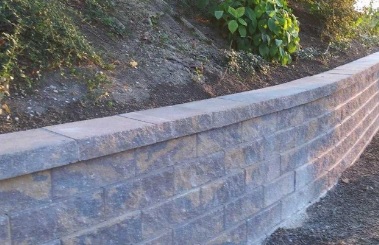
In other words,
A retaining wall is a structure that retains material behind it and prevents sliding away.
Types of Retaining Wall:
Different Types of Retaining Walls are as follows.
1. Crib Retaining Wall:
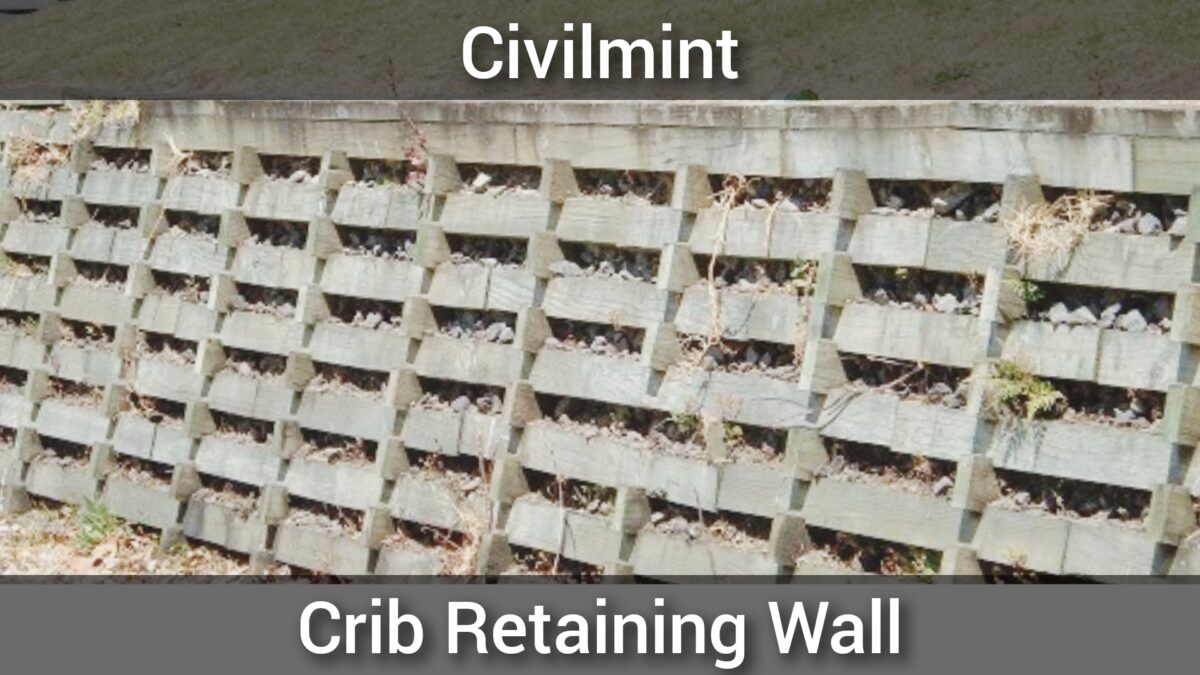
Crib Retaining Wall is a type of Gravity Wall. This type of Retaining Wall is constructed by a Timber or Concrete interlock.
These interlocks are filled with crushed stone or some other coarse material to provide good drainage.
2. Gravity Retaining wall:
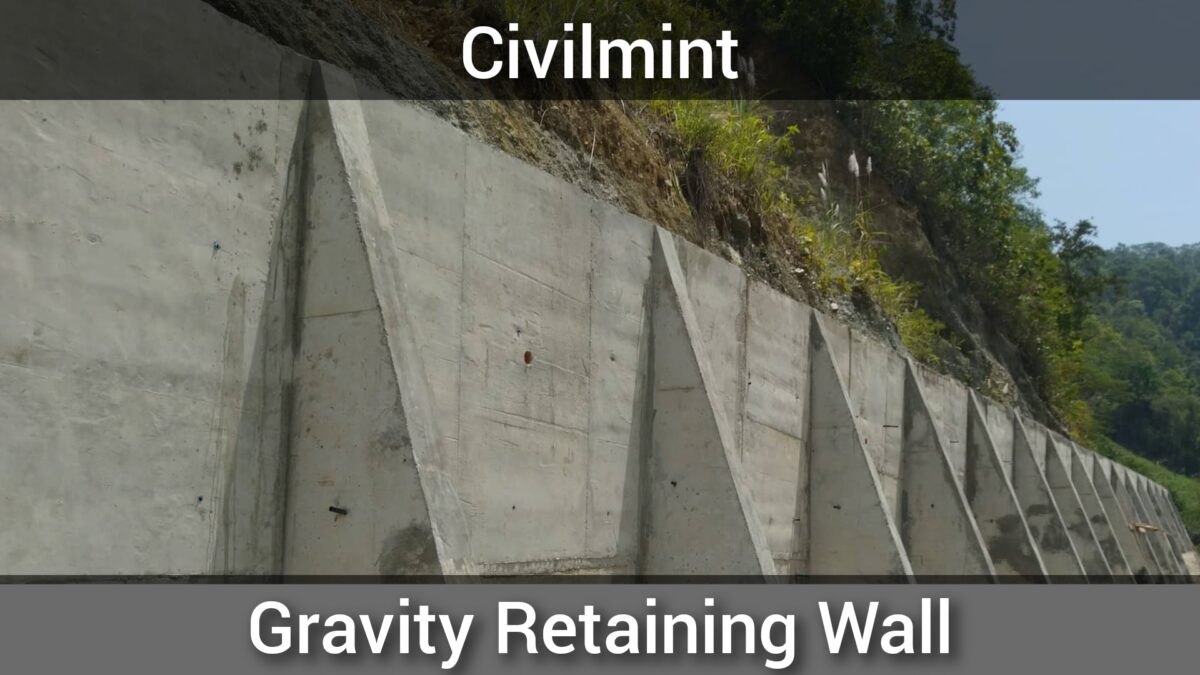
Gravity Retaining Wall depends on its Owen weight to resist lateral earth pressure. This type of Retaining wall can be constructed from Concrete, Stone, Or Brick Masonry.
Normally Gravity Retaining Wall is much thicker in section. The shape and size of the gravity retaining wall also help them to provide stability.
3. Semi Gravity Retaining Wall:

It is a type of Gravity Retaining Wall but provided with a small amount of reinforcement for reducing the mass of the concrete is known as a Semi-Gravity Retaining Wall.
4. Cantilever Retaining Wall:
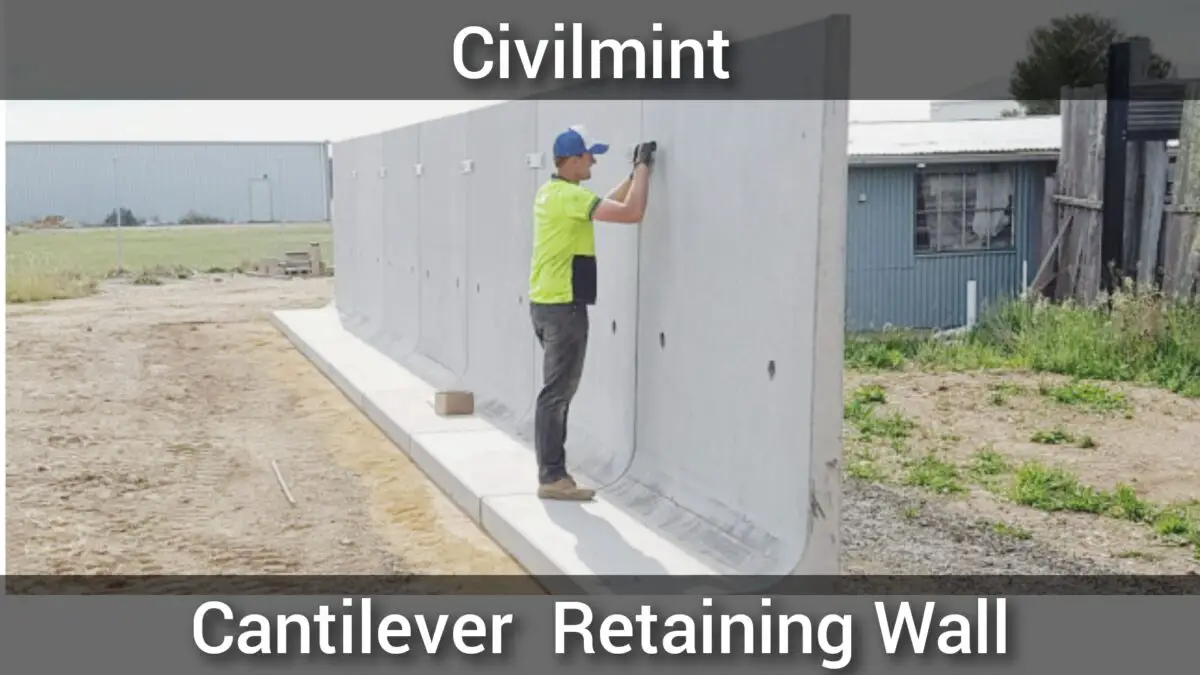
Cantilever Retaining wall consists of a stem and base slab. This type of retaining wall is most widely used in the construction industry.
The vertical stem in the retaining wall resists the earth pressure from the backfill side and bends like a cantilever.
5. Counter-fort or Buttressed Retaining Wall:
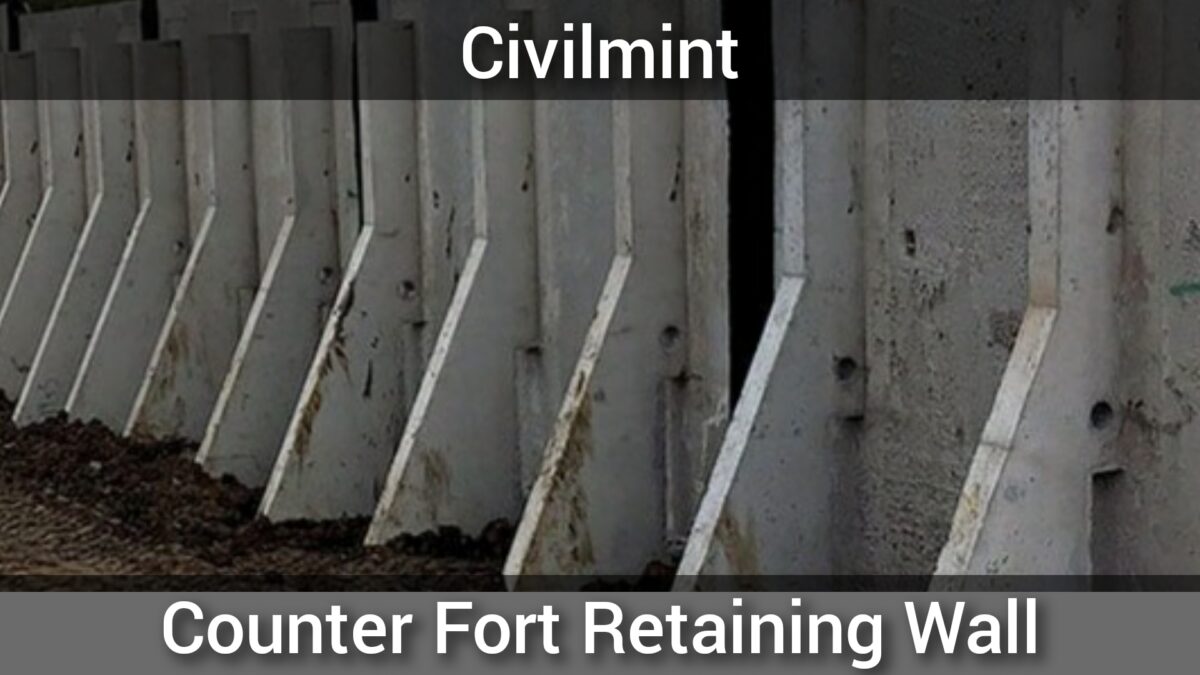
Counter-fort Retaining Wall is a type of cantilever Retaining wall but the main difference is it is connected with counter forts with the back of retaining wall and base slab. This type of cantilever wall is used for large heights i.e more than 5 meters.
6. Gabion Retaining Wall:
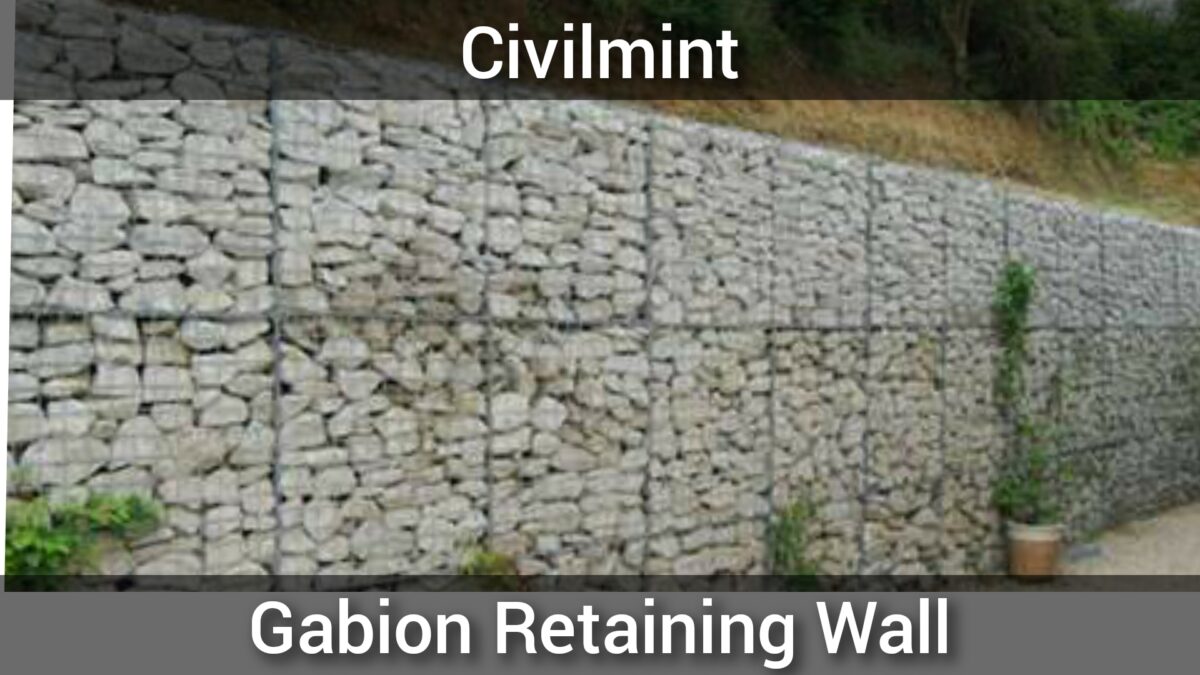
It is a multi-celled, rectangular box made of wire mesh. These rectangular are filled with rocks or some other suited material. It is utilized for the construction of erosion control structures. Gabion retaining wall employed to stabilize steep slopes.
7. Piled Retaining Wall:
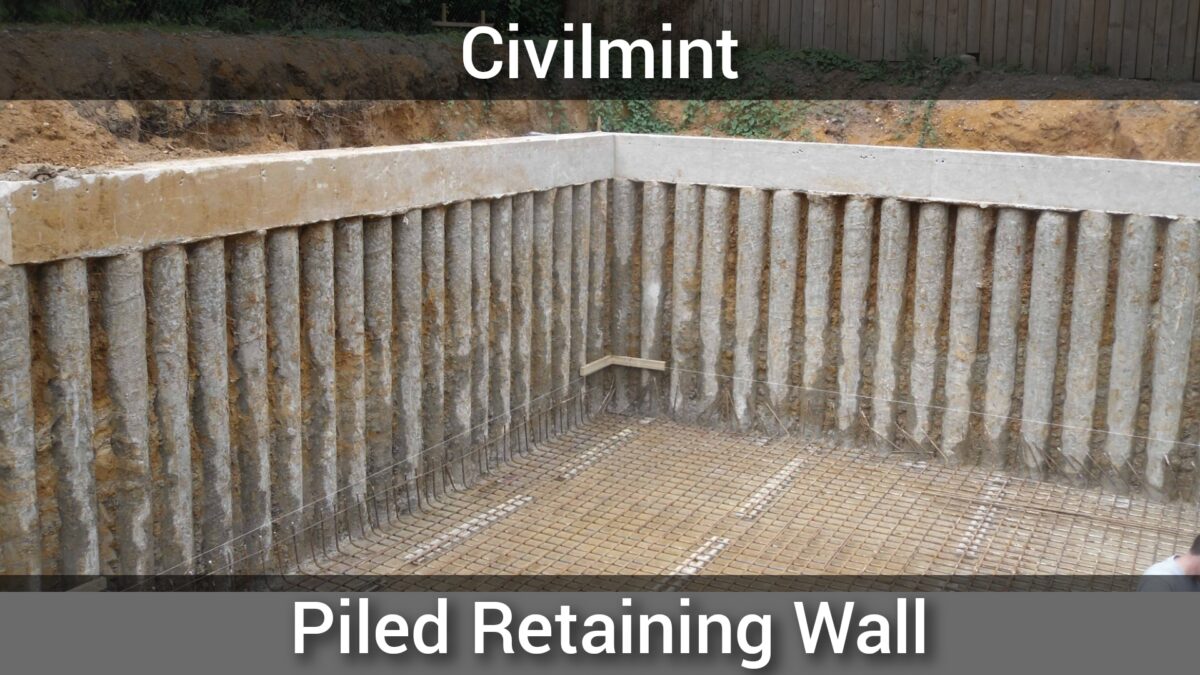
As the name suggests it is constructed by reinforcement concrete piles. These piles are forced into a depth that is educated to counter the pressure which tries to push over the retaining wall.
8. Anchored Retaining Wall:
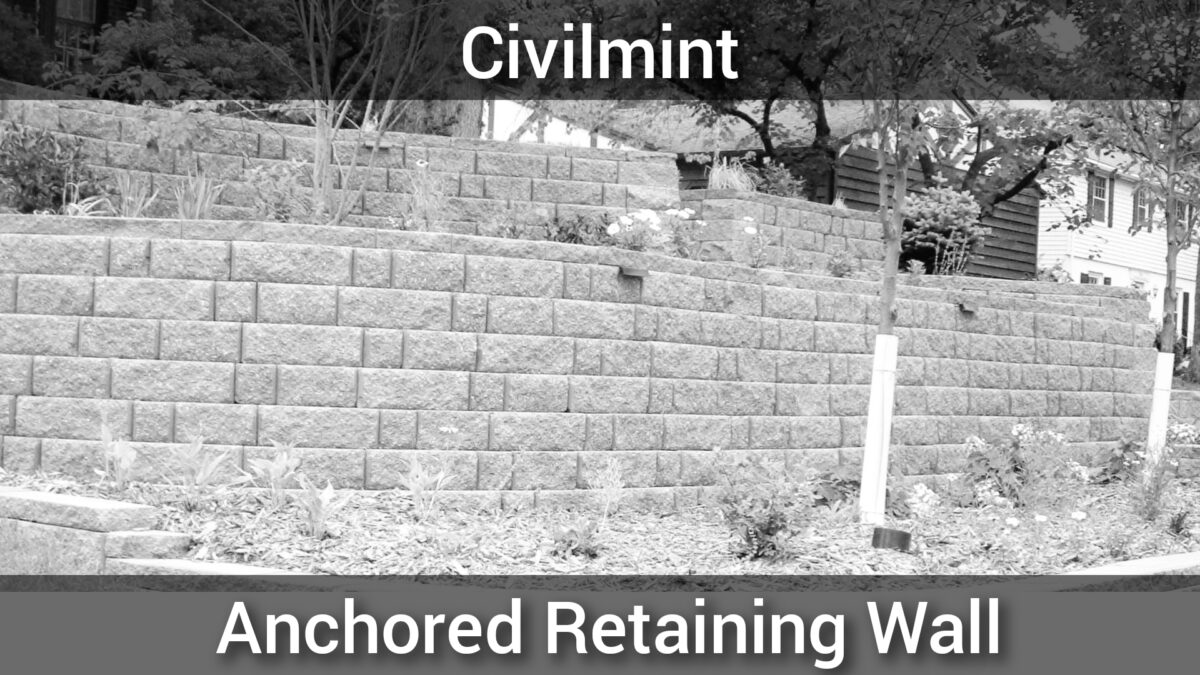
An anchored Retaining Wall is constructed when the space is limited. A thin retaining wall is provided when the space is limited. It is suitable for loose soil. A high retaining wall can be constructed using this system. Cable rods are driven deep sideways into the earth’s surface after that ends are filled with fresh concrete to provide an anchor.
9. Mechanically Stabilized Earth Retaining Wall:
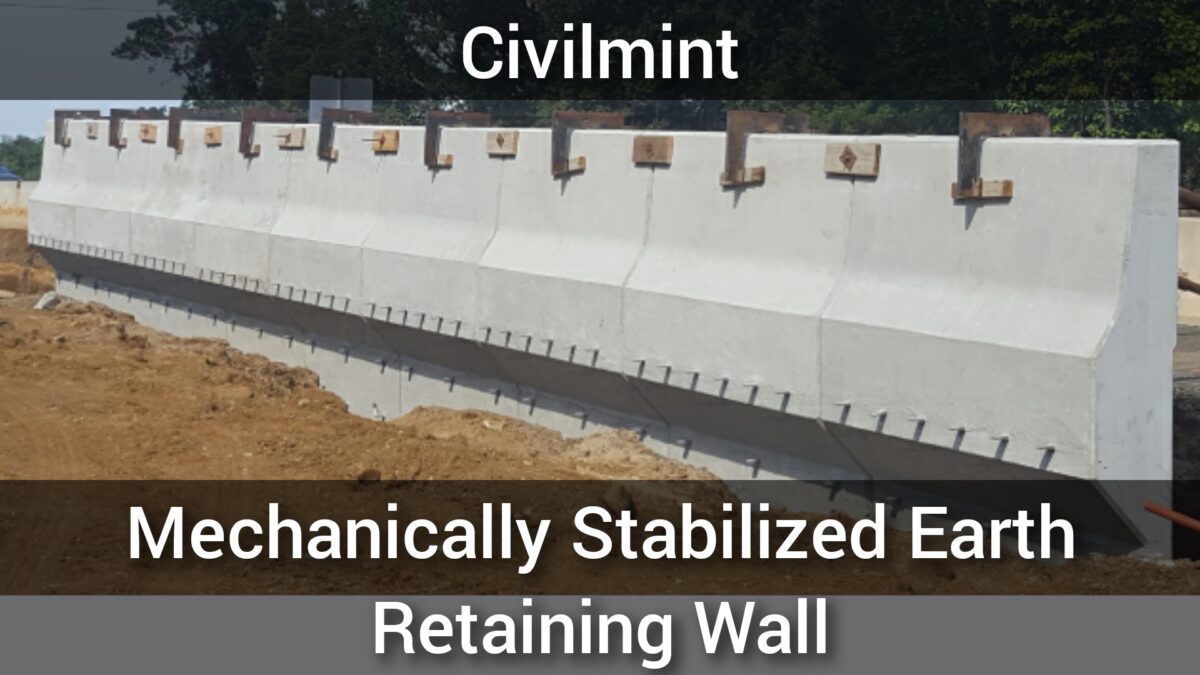
A Mechanically Stabilized Earth (MSE) retaining wall is a compound structure comprised of alternating layers of compacted backfill and soil reinforcement elements, fixed to a wall facing. It is one of the most common and broadly constructed retaining walls.
10. Hybrid Retaining Wall:
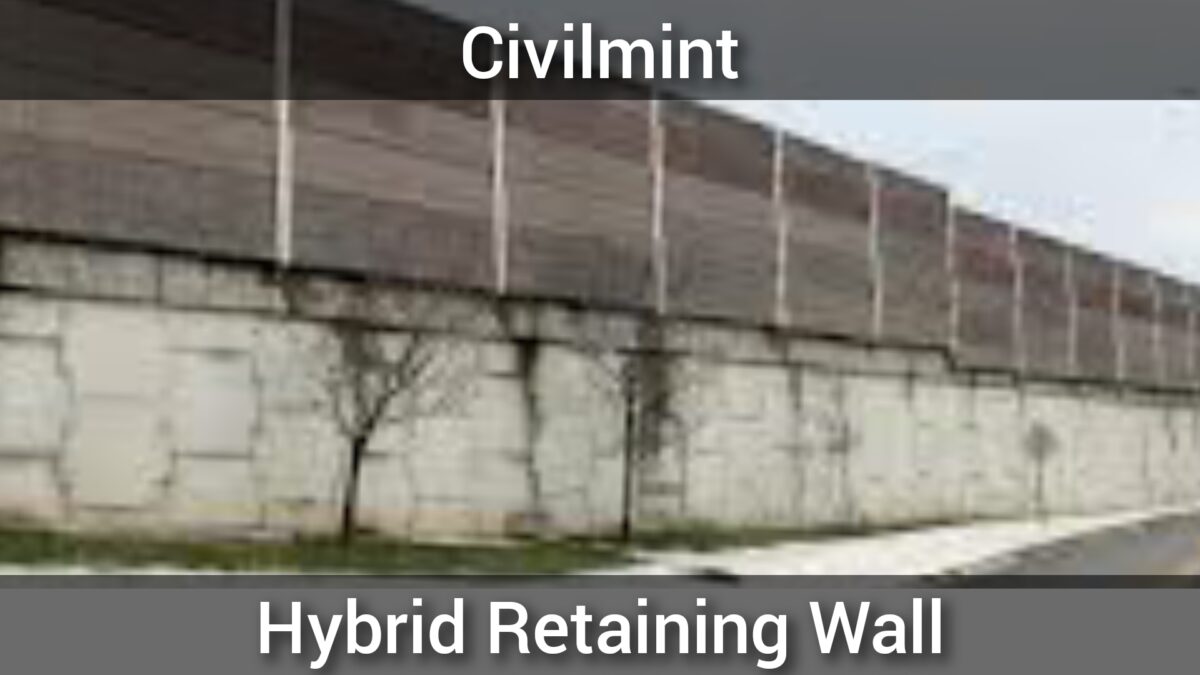
Hybrid Retaining Wall uses both factors (mass and reinforcement) for better stability of the structure. The hybrid retaining wall is also known as the composite retaining wall.
Causes of Retaining Wall Failure:
- Placement of improper reinforcement may cause the failure of the retaining wall.
- Saturated backfill.
- Any error in the design.
- Error in the calculation.
- Error in detailing.
- Issue in the foundation.
- Age of retaining wall.
